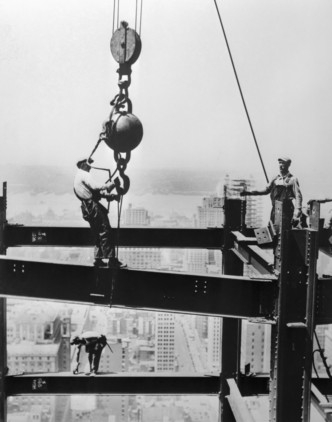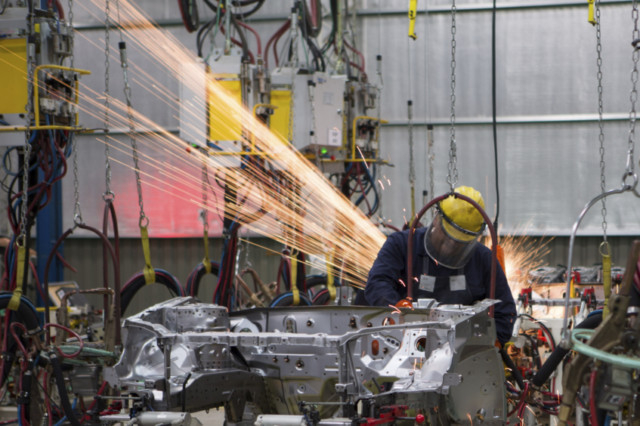
When the Golden Gate Bridge in San Francisco opened in 1937, about 83,000 tonnes of steel had been used in its construction. The steel was produced in New Jersey, Maryland and Pennsylvania by the then second-largest steel company in the US, Bethlehem Steel (it merged with ArcelorMittal after bankruptcy), and it had to be loaded on to railcars, taken to Philadelphia and shipped across the Panama Canal to San Francisco.
Today, the bridge would have needed just half of the weight of steel used to build it, consequently reducing costs and environmental impact by half. The same applies to many other American landmarks made of steel such as the Chrysler Building, Empire State Building, Hoover Dam, One Chase Manhattan Plaza and Madison Square Garden.
Technological progress has turned steel into one of the most efficient construction materials today. It offers the highest strength-to-weight ratio among commonly used materials and is exceptionally durable. More than 20 billion tonnes of steel are in use today in a variety of products, mostly machinery. It can be infinitely recycled, allowing the creation of new products out of old ones without loss of strength, formability or any other important measure of performance.
As opposed to earlier times, steel can be designed for end use application and according to specific strength, durability and end-of-life recycling requirements. New, sophisticated and environmentally responsible production methods have been introduced and conventional materials have been replaced by new steel, significantly reducing greenhouse gas emissions.
Some examples of innovative use of steel in construction are various modern solar heating systems for large buildings and warehouses. For instance, the Arsolar panel roofing system, developed by ArcelorMittal, converts solar energy into electricity. Photovoltaic cells are laminated on specially designed Arsolar steel sheets and the system saves 30 tonnes of carbon dioxide a year for every 45 square metres installed.
The UAE has been pushing green buildings, leading to greater use of innovative steel solutions. Companies such as Steel-X are using unique metal designs for green buildings and integrating solar panels in the material. New steel solutions are visible in prefabricated building structures.
The automotive industry also leads in its use of innovative steel products with many manufacturers utilising a range of high-strength steel to make thinner structures for cars. Reduced weight means vehicles are greener and more fuel-efficient without compromising safety — at little or no additional cost.
“The steel industry continues to develop new generations of steel that are stronger, lighter and form easily to meet future requirements. This is why advanced and ultra-strength steel has become the fastest-growing material of use in the automotive sector,” says Cees ten Broek, Project Director — World AutoSteel, the automotive branch of the World Steel Association.
So now, Advanced High-Strength Steels are used for nearly every new vehicle design. This is especially noteworthy since no less than 71 million vehicles are produced annually. About 2.2 tonnes less greenhouse gas is produced through the life cycle of a typical five-passenger vehicle made of advanced steel.
“The industry is leading the way in demonstrating the use of steel and life cycle assessment to reduce vehicular carbon footprint and has invested more than $80 million (around Dh293.8 million) in future vehicle design,” says Dr Edwin Basson, Director General, World Steel Association.
In shipbuilding, steel is traditionally used for plates to fabricate ship hulls and modern steel plates have much higher tensile strength than their predecessors, making them the material of choice in the construction of large container ships. Another type of plate comes with built-in resistance against corrosion, ideal for building oil tankers.
These kinds of steel make the construction of lighter vessels or larger-capacity vessels with no change in weight a reality, offering significant opportunities to save on fuel consumption. The same applies to machinery used in oil rigs, building bridges, railcars, tanks and pressure vessels, civil engineering and construction projects, and nuclear, thermal and hydroelectric plants.













